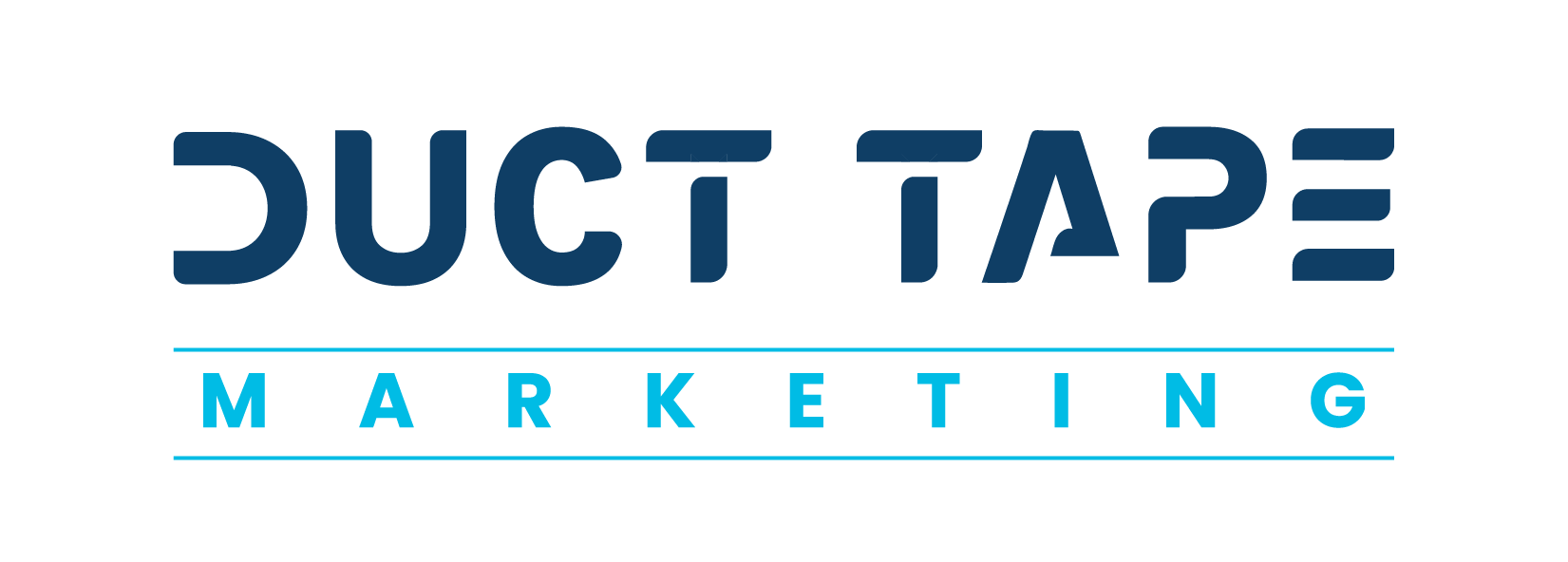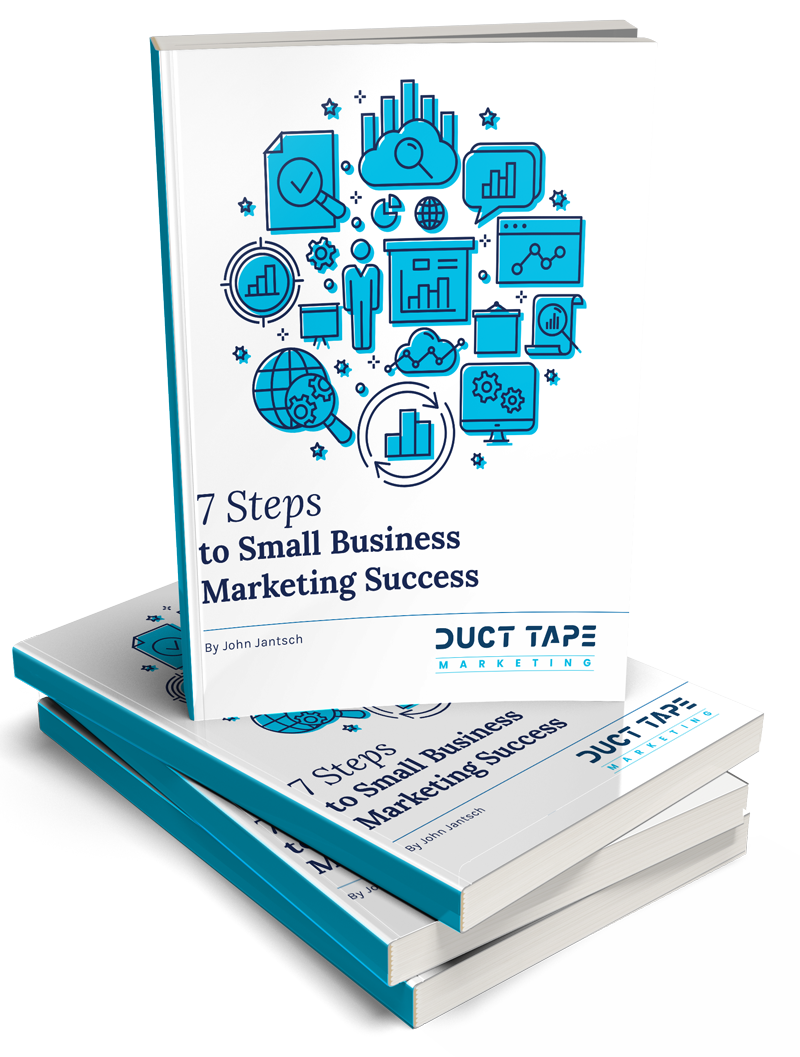Many businesses out there spend the last few months of the year planning their content strategy for the year ahead. They have color-coded spreadsheets completed, goals in the place, and the optimism that the next 12 months are going to be the best yet.
So, let me ask you a potentially awkward question: Are you on track to meet those goals? If the answer is no, don’t worry you are not alone, and there is still plenty of time to not only play catch up but to exceed the goals you originally set.
It’s OK to hit the restart button.
Through analytics and customer feedback, you should have insight into what’s working and what isn’t and should recognize the areas that need improvement.
If you’re stuck on how to turn your content strategy around, here are some tips to help you revitalize it.
Refocus your marketing message
When it comes to marketing these days, you must not only match your message to your ideal client, but you have to engage them and keep their attention as well.
Here’s something I’ve said for years, and will likely say it a few more times: Your clients and potential clients don’t care about your products or services (that’s not supposed to sound as harsh as it likely reads). What they really want is somebody to solve their problems.
If you can pinpoint what those are and succinctly explain how you address and solve those problems within your messaging, then you’ve basically won the golden ticket. Make it clear that you understand what they want and need.
Just remember, your messaging should not be about you.
Knowing your audience front and back will help you across the board when it comes to your content strategy. If you know how to speak to them and know what their trigger phrases are, you’ll be in a great place to move forward and take your marketing efforts to the next level.
Lastly, in addition to speaking to your audience with your messaging, be sure to also aligns it with your business goals, because at the end of the day, reaching those goals is what all of this is for.
Put the “must haves” on your website
When it comes to content revisions, it always surprises me when people don’t think to start with their website, the content hub. The role of your website is to help you:
- Get found
- Build trust
- Educate
- Inform
- Nurture
- Convert
To accomplish the areas above, you need to be sure your website has:
A promise
Add a promise above the fold on your homepage to show visitors that you understand the challenges they face. As mentioned in the previous section, you need to make them a promise that will solve their problems.
A call to action
Your call to action can be a number of things, including a request for more information, schedule a consultation, or download a free report. Just make sure it’s relevant and useful.
Video
In my opinion, this has gone from a “nice-to-have” to a “must-have” for small business. Video allows you to give people a real sense of who you are, what you stand for, and let people hear your story.
Trust elements
You need to have elements that build trust on your homepage, whether they are logos of current clients or testimonials for your audience to glance over. Make it easy for visitors to see them.
Content and content upgrades
Given the purpose of this blog post, this area should seem pretty obvious. To keep content on your website fresh, post to your blog frequently (have a blog feed on your homepage for easy access).
A content upgrade gives people the ability to download premium content in exchange for an email address or capturing a lead. If they download this content, it shows that they are interested in what you do. Use the information they provide you to nurture them through to the sale.
Core services
You likely have full pages dedicated to these services, but by adding short descriptions and images of each to your homepage as well, that link through to your service pages, you’ll also get additional SEO value.
Create a lead generation content plan
First and foremost, have a plan! So many people just wing it these days which often gets them nowhere. I find it helpful to create a theme for each month that all of your content can revolve around.
Each theme I use has a substantial topic related to my audience’s industry/pain points and represents an important keyword search term.
I also find it helpful to think about the themes as a book where each month represents a chapter in what will eventually make up a body of work by the end of the year.
Provide valuable information and use content upgrades to convert the readers of this information into leads. Try to personalize and add emotional components to your content as much as possible to really establish a connection with a reader. The more they feel that connection, the more likely they’ll be to convert into leads and eventually customers.
Also, keep in mind that you don’t always have to reinvent the wheel with your content. You can share relevant content from other sites on your social platforms to provide value to your audience. You can also repurpose content you already have, so, for example, if you have a podcast episode, transcribe it and turn it into a written blog post.
The more value you can provide on a consistent basis, the better off you’ll be.
Outsource your content
A big reason why content strategy falls through is that people run out of time and don’t end up creating the content they had planned on. Listen to me when I say “outsource that content!”
Of course, you should own your process and strategy but you do not need to create the content yourself. There are plenty of people out there that can do that for you. Some sites you can start with include:
I have a plethora of additional outsourcing tips that you can find here to help you get started.
It’s never too late to turn your content strategy around. Follow these tips, continue to track progress, and keep revising as necessary until you hit your goals.
If you liked this post, check out our Guide to Content Marketing for Small Business.



